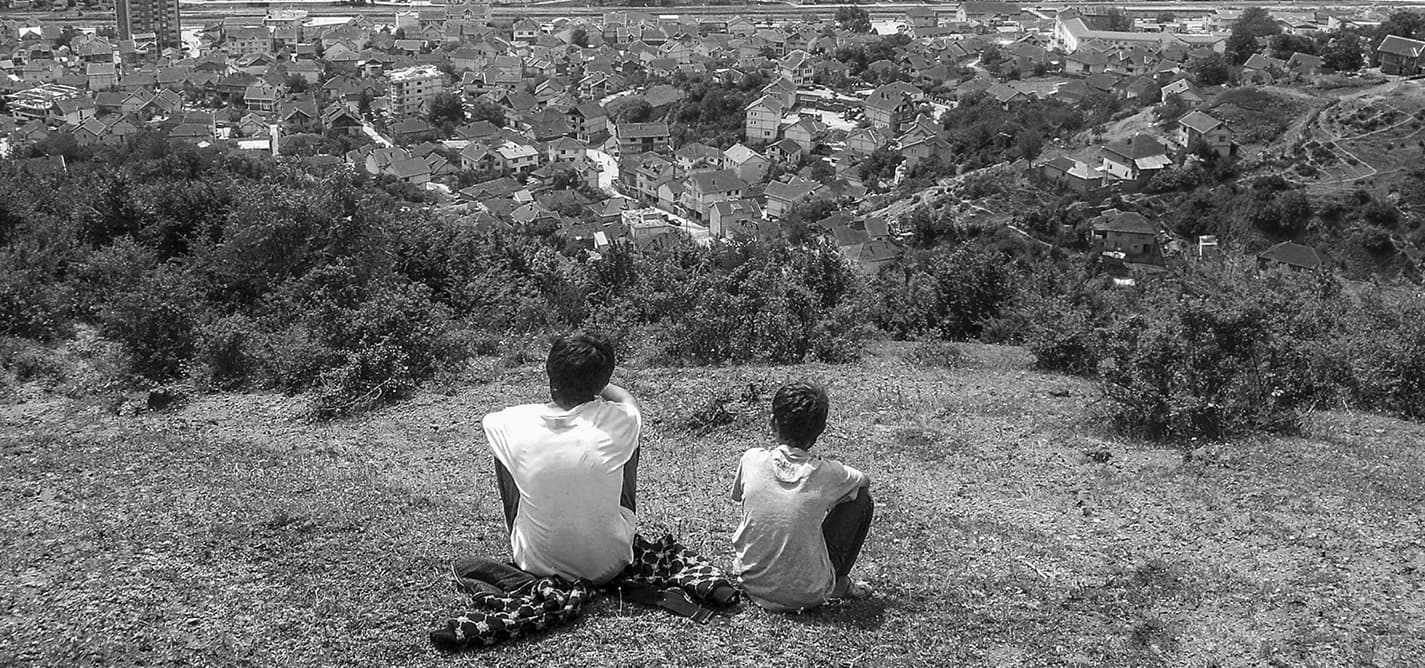
Choosing between your city and Islamic State
The radicalization of disconnected young people.
|17.10.2017
|
IS Kosovars in numbers
"[Political leaders should] engage [young people] in different projects that fulfill them and their needs, instead of indoctrinating them ideologically."
Sibel Halimi“How much do you think the municipal mayors visited these villages and people?"

Leonora Aliu
Leonora Aliu is a former K2.0 journalist (2017-18). She studied journalism at the University of Prishtina.
This story was originally written in English.